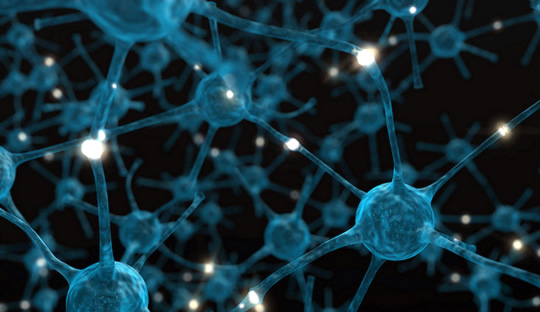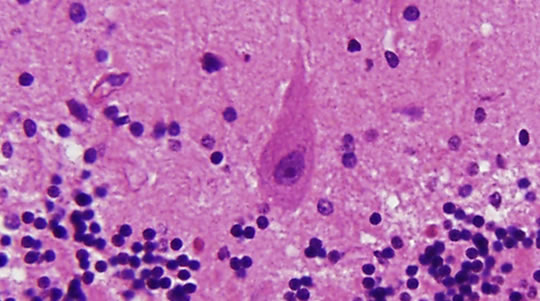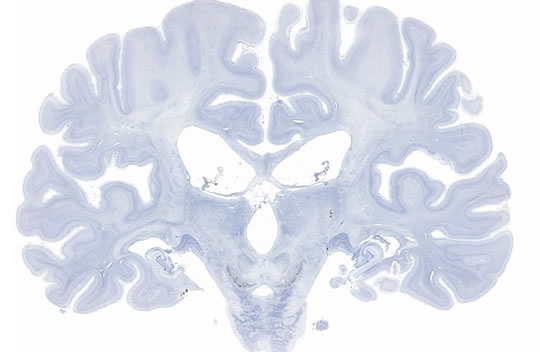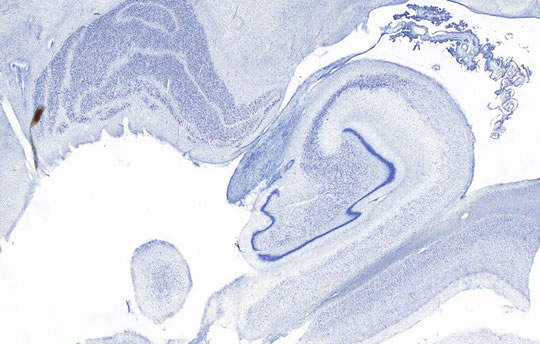Learning another language can promote brain growth, stave off dementia, boost memory, improve attention and more…
Benefits of learning a second language include brain growth, staving off dementia, boosting memory, improving attention and more…
“To have another language is to possess a second soul.” –Charlemagne
People used to think that learning two languages created confusion in the mind.
Far better, it was thought, to get one right than bother with two.
An even more extreme and absurd view was that learning two languages caused a kind of schizophrenia or dual personality.
Some studies did seem to back up the idea that learning two languages could be problematic; early researchers noted that bilingual people tended to have smaller vocabularies and slower access to words.
But these myths and minor disadvantages have now been overshadowed by a wave of new research showing the incredible psychological benefits of learning a second language. And these extend way beyond being able to order a cup of coffee abroad or ask directions to your hotel.
1.Brain growth
The fact that language centres in the brain actually grow is one of the major benefits of learning a second language.
The better you learn, the more those vital areas of the brain grow (Mårtensson et al., 2012).
2. Stave off dementia
Bilingualism delays Alzheimer’s disease in susceptible people by as much as five years (Craik et al., 2010). Seems incredible, but the studies are continuing to support this result.
To put this in context: the effect on dementia of learning another language is much greater than anything achievable with the latest drugs.
3. Hear language better
Being bilingual can lead to improved listening skills, since the brain has to work harder to distinguish different types of sounds in two or more languages (Krizman et al., 2012).
4. Become more language sensitive
Infants in bilingual households can distinguish languages they’ve never even heard before (Werker & Sebastian-Galles, 2011).
Just being exposed to the different sounds in, for example, Spanish and Catalan, helps them tell the difference between English and French is another of the benefits of learning a second language.
5. Boost your memory
Babies brought up in a bilingual environment have stronger working memories than those brought up with only one language (Morales et al., 2013).
This means they are better at mental calculation, reading and many other vital skills.
6. Better multi-tasking
Bilingual people can switch from one task to another more quickly.
They show more cognitive flexibility and find it easier to adapt to unexpected circumstances (Gold et al., 2013)
7. Increased attention
Bilinguals have stronger control over their attention and are better able to limit distractions (Bialystok & Craik, 2010).
8. Double the activation
Cognitive boosts, like improved attention and better multi-tasking, may come because bilingual people have both languages activated at the same time, and must continually monitor which one is appropriate (Francis, 1999).
All that switching back and forth confers the benefits of learning a second language.
9. New ways of seeing
Learning a new language can literally change the way you see the world.
Learning Japanese, for example, which has basic terms for light and dark blue, may help you perceive the colour in different ways (Athanasopoulos et al., 2010).
10. Improve your first language
Since learning a second language draws your attention to the abstract rules and structure of language, it can make you better at your first language.
As Geoffrey Willans said: “You can never understand one language until you understand at least two.”
Benefits of learning a second language
These ten are all quite apart from the benefits of immersing yourself in another culture, and of seeing your own culture from the perspective of another.
All told, you may well get something like ‘a second soul’ from learning another language.
[Note: some of these studies relate specifically to those who have learned two languages from very early on, but may also be relevant to new language learners.]
Image credit: Michael Davis-Burchat









